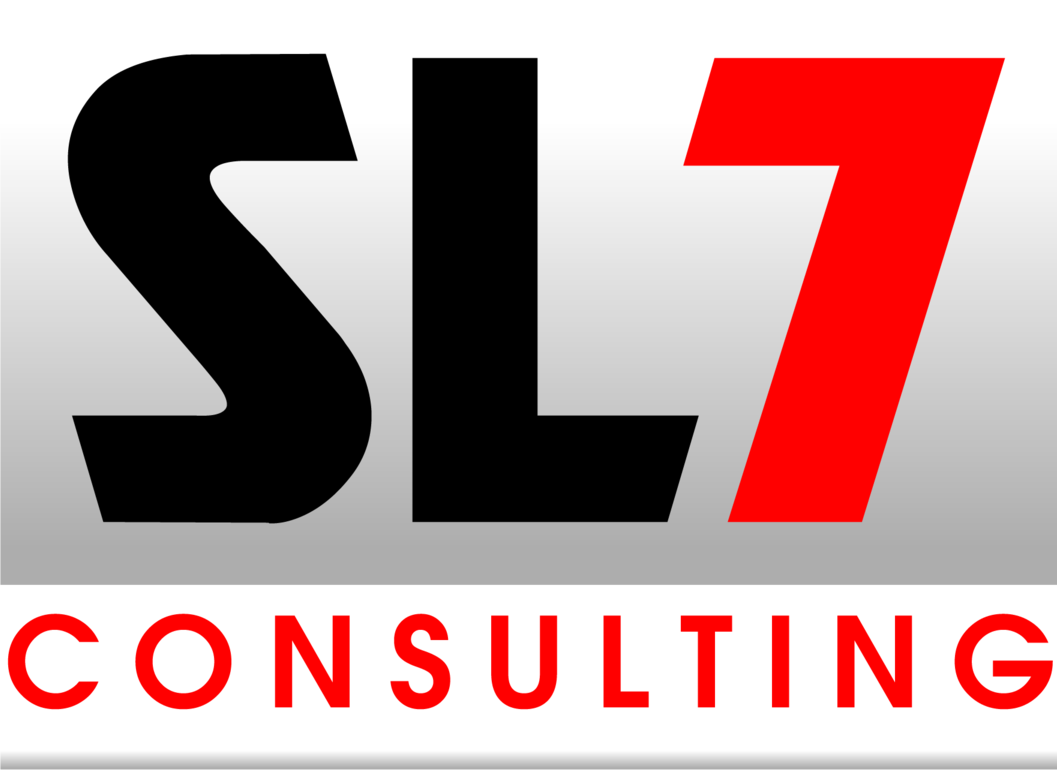The approval process at the municipal level is a legal, logical, and linear certainty for corporate developers and their consultants. On any given workday, planning departments receive site plans, renderings, reports, studies, and thick three-ring binders responsive to a rational process of facts and figures.
This gives comfort to applicants looking for certainty in the approval process, which repeats itself thousands of times each and every year.
Alternatively, NIMBY (Not-In-My-Backyard) opposition approaches the approval process in a much different manner. They operate outside the confines of the notice and hearing process exercising political, emotional, and chaotic behavior that spreads fear of change across the community and stirs anxieties within public officials at city hall.
By the time the opposition reaches the first public hearing and the 3-minute audience to be heard segment, they have negatively defined the developer and demonized the project so effectively, they more often than not control the political narrative until the final vote is counted.
This repeats itself thousands of times each and every year, as well.
The red-faced opposition is comprised of voters, homeowners, or concerned citizens. They’re full of emotion, passion, and conviction that gets the attention of public officials. It’s easy for elected officials, staff, reporters, and concerned citizens to relate to the anger and fear exhibited by opponents, which gives NIMBY forces the upper hand.
When NIMBY forces control the development narrative, they trap everyone involved within the NIMBY Matrix™. Developers have two choices: they can remain trapped, allowing community conflicts, controversies, and chaos to defeat their projects in the public square, or they can modernize their engagement skills to gain a competitive edge against NIMBY activism.
For a complete guide to defeating NIMBY activism, read my bestselling book Breaking Out of The NIMBY Matrix: Red Pill Success in a Digital NIMBY World.
The Project is a Story to Be Told
We relate to our fellow human beings. That’s why we hold onto every word in epic tales told to us around the campfire. The opposition tells a good story with relatable underdogs trying to defeat the evil “developer” or “development” that will ruin their quality of life or character of their community. These stories trigger fear, anger, and anxieties that translate effectively across social media, news stories, blogs, and protests.
In comparison, the development project is a lifeless two-dimensional dud comprised of charts, plans, and unrelatable elements that hardly inspire emotion. Development projects need to be humanized as much as possible. There’s a persuasive human story behind every controversial project. You just have to look for it and showcase it.
The power of video communications cannot be overstated. Videos turn lifeless, two-dimensional plans into three-dimensional realities. I’m not talking about jazzing up your sketches. I’m saying that putting a human face (or faces) on your project is the key to securing majority votes approving your controversial projects.
Something as simple as a video testimonial from the developer or corporate officer talking about their commitment to the community-at-large and being dedicated good neighbors is better than a written biography. We want to see the sincerity and body language that gives meaning to the words. Otherwise, it’s two-dimensional, unimaginative communications that are straining to reach and resonate with targeted audiences.
This video can be featured on a project website or project Facebook page. Look for future articles on these other key tools for your public affairs toolbox.
Ideally, you’re securing video endorsements and testimonials from local leaders: former officials, business and civic leaders, small-business owners, contractors, property owners, and anyone who has local connections to the community. Their faces, voices, expressions, and reputations convey a powerful influence upon stakeholders.
If you cannot secure any testimonials supporting the current project, then you can produce video endorsements and testimonials from previous stakeholders who had great experiences in working with you and your past projects.
Video is an underutilized public affairs tool that can be a game changer, if promoted up to the top of your toolbox.
The key takeaway of putting a face on your project with video communications is that it effectively counters and diminishes the gnashing of teeth of NIMBYism. Not every project has an emotional story to tell, but it’s worth the circumspection to find the potential story that may be hiding in plain sight.
Any opportunity to give life to your project beyond the two-dimensional realm gives you a better chance to influence decision makers, while mitigating negative emotions from a very loud and motivated sub-set of the community mobilizing against your project.
If you’re interested in learning more about humanizing your current and future projects, you can schedule a call with me, Patrick Slevin, by visiting www.PatrickSlevin.com.
